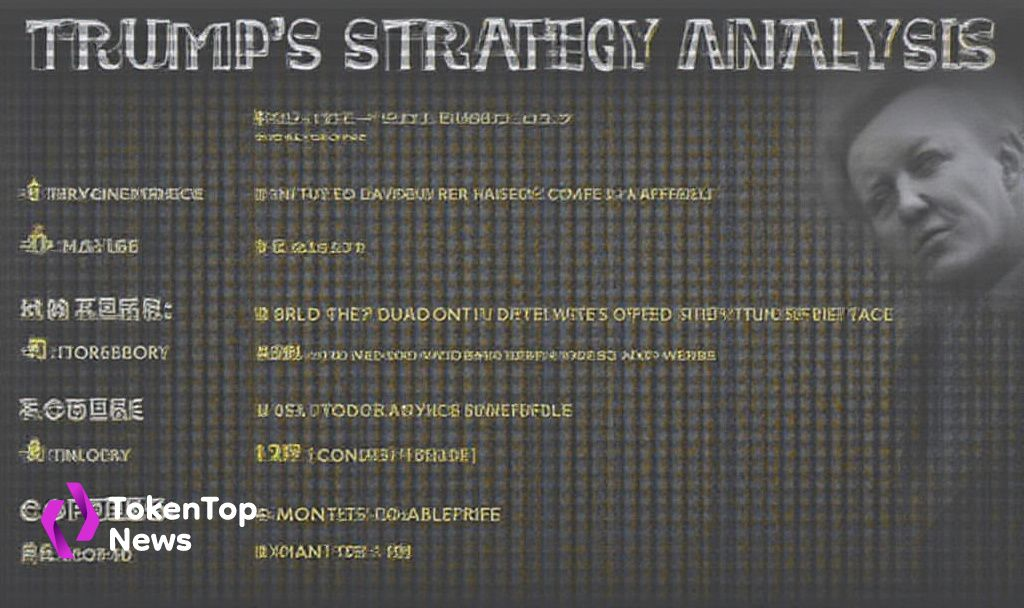Trump Imposes New Tariffs to Address Trade Imbalances
- President Trump has declared a national emergency to enhance the U.S. competitive edge.
- New tariffs are aimed at rectifying trade practices contributing to trade deficits.
- Economic effects of the tariffs are being analyzed by various experts.
- Secondary sources provide insights into the broader impact of these tariffs on the global economy.

Trump’s Tariff Strategy: A Deep Dive into Recent Economic Policies
In a bold move to bolster the United States’ economic standing, President Donald J. Trump has declared a national emergency aimed at increasing the nation’s competitive edge, protecting its sovereignty, and strengthening both national and economic security. This declaration comes alongside new regulations on imports, specifically targeting trade practices that have contributed to significant and persistent goods trade deficits.
According to a fact sheet released by the White House, the president’s actions are designed to rectify longstanding trade imbalances that have been detrimental to American manufacturers and workers. The administration’s strategy involves implementing reciprocal tariffs, which are expected to level the playing field for U.S. businesses.
Experts are closely monitoring the economic effects of these tariffs. A recent analysis from the Wharton School of the University of Pennsylvania outlines potential outcomes of President Trump’s tariff policies, suggesting that while some sectors may benefit, others could face significant challenges, including increased costs and supply chain disruptions.
Secondary sources have also weighed in on the matter. Articles from platforms like East Asia Forum and CBS News highlight how Trump’s tariffs are not only affecting the U.S. economy but are also disrupting global trade dynamics. The ongoing discourse around these tariffs indicates a division in opinion regarding their long-term effectiveness and impact on international relations.
As the situation evolves, it remains crucial for stakeholders to stay informed about the implications of these policies on both domestic and global markets. The Trump administration’s approach to tariffs will undoubtedly shape the economic landscape for years to come.




